|
We are looking for a PhD student to join the group! This is a fully-funded 3-year position based in the Bradley lab in London, UK.
The role of the atmosphere in shaping and sustaining microbial communities on glaciers The atmosphere forms a bridge between Earth’s major biomes, linking terrestrial, aquatic, and glacial systems. The continual exchange, transport and dispersal of microorganisms between the atmosphere and it’s adjacent habitats shapes these environments via processes that are not yet fully understood. The cryosphere shares many of the same characteristics as the atmosphere, for example: low substrate availability, freezing temperatures, and high UV radiation. This PhD project will examine the ecological links between the atmosphere and the cryosphere – in particular, glacier surfaces in polar regions. Using state-of-the-art genomic and biogeochemical techniques, the student will investigate the role of the atmosphere in shaping microbial communities in snow and ice habitats, as well as in sustaining them by providing sources of energy. There will be opportunities for fieldwork in Svalbard and/or other polar environments to collect atmospheric samples, as well as samples of snow and glacier ice for analyses. The student will collaborate across multi-disciplinary teams in London (Queen Mary University of London and the Natural History Museum) and internationally (Australia, Canada, and the USA), and be embedded into a wider project that investigates the atmosphere as a microbial ecosystem. This PhD project would suit a student with interests in environmental microbiology, biogeochemistry and polar environments. Main supervisor: James A. Bradley Co-supervisors: Anne Jungblut, Natural History Museum, UK Chris Greening, Monash University, Australia Jackie Goordial, University of Guelph, Canada Elizabeth Trembath-Reichert, Arizona State University, USA Location: Queen Mary University of London, and The Natural History Museum, London, UK. Application Deadline: 3rd October 2022 Start-date: January 2023 or as soon as possible thereafter. How to apply: To apply, please click here: https://mysis.qmul.ac.uk/urd/sits.urd/run/siw_ipp_lgn.login?process=siw_ipp_app&code1=RFQM-L8ZM-01&code2=0014 Your application must include a Personal Statement (2 pages max), Research Proposal (1 page max), Curriculum Vitae (2 pages max), and the names and contact details of up to three academic references. In your personal statement, please identify your research interests, outline relevant skills, training, experience and qualifications, and explain why you are interested in this programme and how it fits your career development plans. In your research proposal, please briefly outline how your research will address one or more of the themes described in the project summary above. Please also email James ([email protected]) prior to the deadline to confirm your intention to apply.
1 Comment
James is in Greenland with Donato Giovannelli and Matteo Selci (University of Naples Federico II) for their INTERACT-funded project GHOST: Greenland Homeothermic Springs. Below is an overview of the trip written by Matteo. Today we took a day off so I thought it would be a good idea to share with you what we are doing here in Greenland. We are at the Arctic Station in the south of Disko Island. Our main purpose here is find and sample as many geothermal springs as possible. But why Disko Island and why geothermal springs? Disko Island is part of larger region where a vast amounts of volcanoes erupted ~60 million years ago. This explain why Disko Island and an Eastern region of Greenland are mainly composed by basalts, a type of rock formed after rapid cooling of lava. Basaltic rocks are everywhere here, and when you travel along the coastline it is possible to appreciate these incredible structures. In particular, you can observe multiple horizontal lines that represent basaltic layers deposited eruption after eruption.
|
Archives
March 2024
Categories |
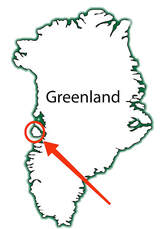
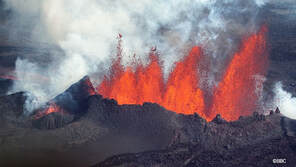
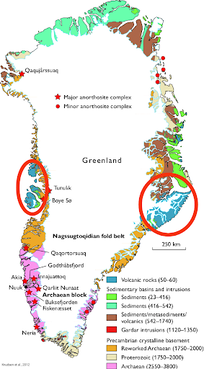
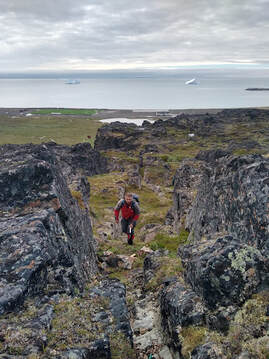
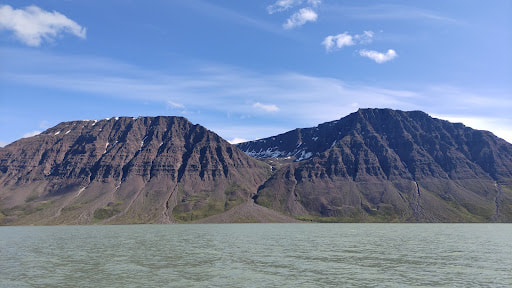

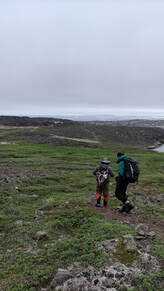
 RSS Feed
RSS Feed
